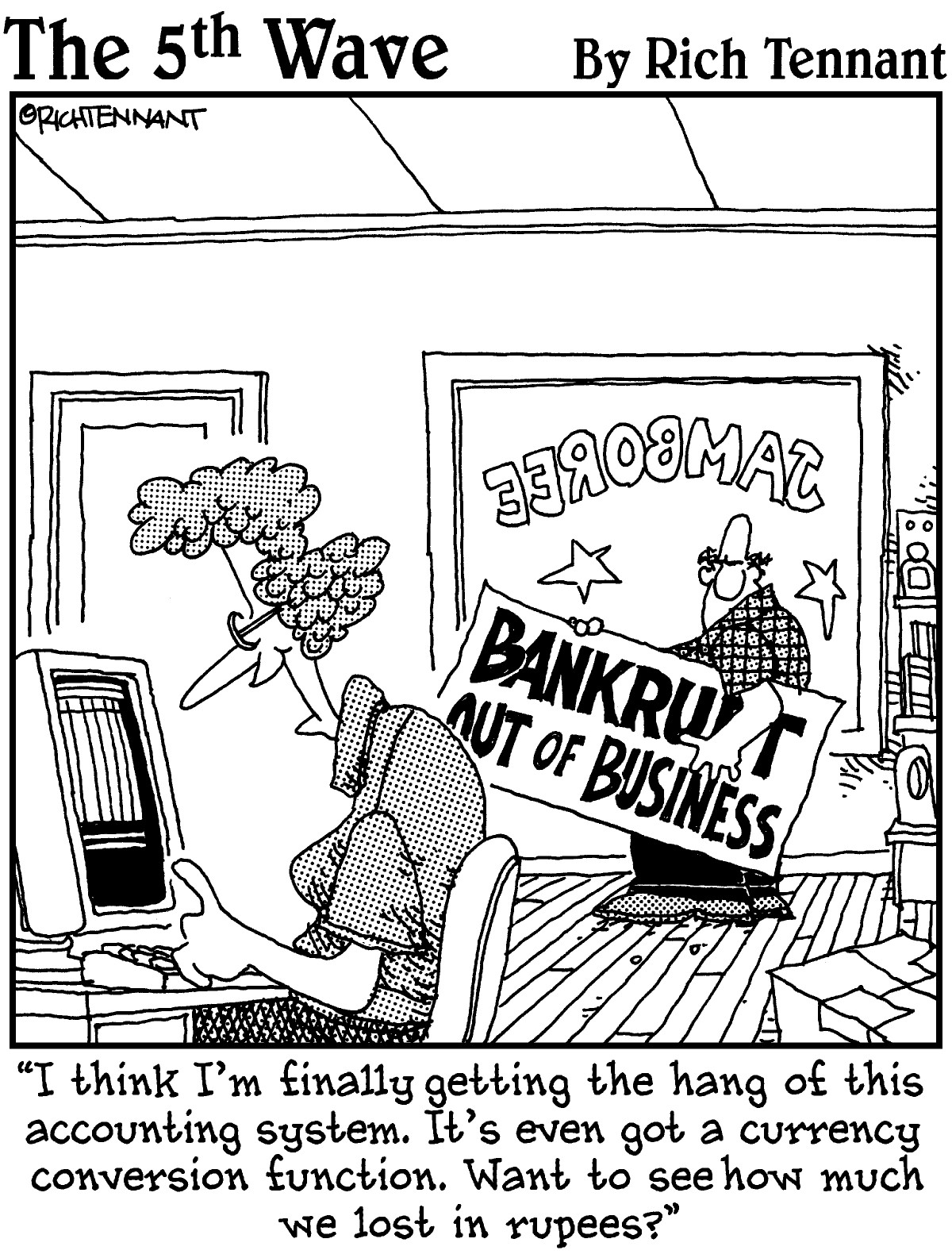Part III
Spending Quality Time with the Balance Sheet

In this part . . .
A company’s balance sheet contains various asset, liability, and equity accounts. In this part, you learn about all three starting with Chapter 7, which explains common assets a business may have, breaking these assets down between current and noncurrent. You find out about the two categories of intangible assets and how to use amortization to move the cost of intangible assets from the balance sheet to the income statement.
Chapter 8 is all about the claims payable by the company, or debts, which in accountant-speak are liabilities. In this chapter, you learn about both current and long-term liabilities. Current liabilities help a business manage its day-to day operations. Businesses use long-term debt obligations, such as mortgages and bonds, to acquire assets. A more advanced financial accounting topic is accounting for bonds, which I cover in enough depth that you’ll breeze through this section of your financial accounting class.
Finally, Chapter 9 discusses the equity section of the balance sheet, which shows the combined total of each owner’s investment in the business. You learn about corporate equity, represented by stock and additional paid-in capital. I also explain the difference between common, preferred, and treasury stock. And you learn about dividends and how a corporation needs to handle ...

